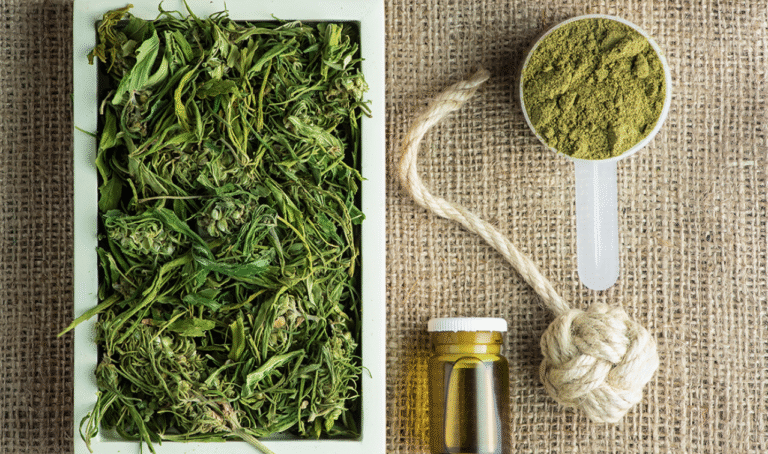Māori in Horticulture: A Growing Force in Aotearoa’s Food Future
BERL authored a report Māori in Horticulture in 2020 for Te Puni Kōkiri, below is a summary.
Horticulture is booming across Aotearoa, and Māori are rapidly becoming key players in this thriving industry. As of 2020, Māori entities owned or operated 5% of New Zealand’s total horticultural land—around 4,200 hectares—and that share is only expected to grow.
Why Horticulture Matters
Horticulture generates $3.8 billion in export earnings annually (excluding wine), supporting regional economies and creating jobs. While historically small in scale, Māori involvement in horticulture is expanding quickly, especially in high-value crops like kiwifruit and avocados.
The Roots of Māori Horticulture
Māori have long had a relationship with horticulture, cultivating traditional crops like kūmara and taro. Today’s focus has shifted to export-driven crops, but the kaupapa remains the same: nurturing land, people, and community wellbeing.
Current Footprint and Economic Impact
- Kiwifruit is the standout crop, with Māori owning over 1,150 hectares (9% of all kiwifruit land). This sector alone supports the equivalent of 600 full-time jobs.
- Other crops with strong Māori involvement include onions, squash, and avocados.
- Māori horticulture generates approximately $220 million in gross output per year, with kiwifruit contributing the lion’s share.
Employment and Skills
Māori represent 17% of New Zealand’s horticulture workforce, particularly in fruit-growing regions like the Bay of Plenty and Hawke’s Bay. While much of the work is low-skilled and seasonal, there’s a growing number of highly skilled Māori managing and leading operations.
Looking Ahead: Aspirations and Opportunities
Māori entities are planning bold moves—aiming to double their footprint in horticulture within a decade. Ambitions include:
- Growing Māori ownership to 20% of the kiwifruit industry.
- Major avocado developments in Northland, with some iwi targeting up to 160 hectares of new planting.
Challenges such as access to water, labour, and investment capital remain, but many whānau, hapū, and iwi are actively overcoming these barriers.
Final Thoughts
Māori in horticulture are not just growing crops—they’re growing a movement. With smart investment, strategic partnerships, and a deep connection to whenua, Māori are poised to transform the horticultural landscape of Aotearoa in the years to come.
Download the full report HERE

